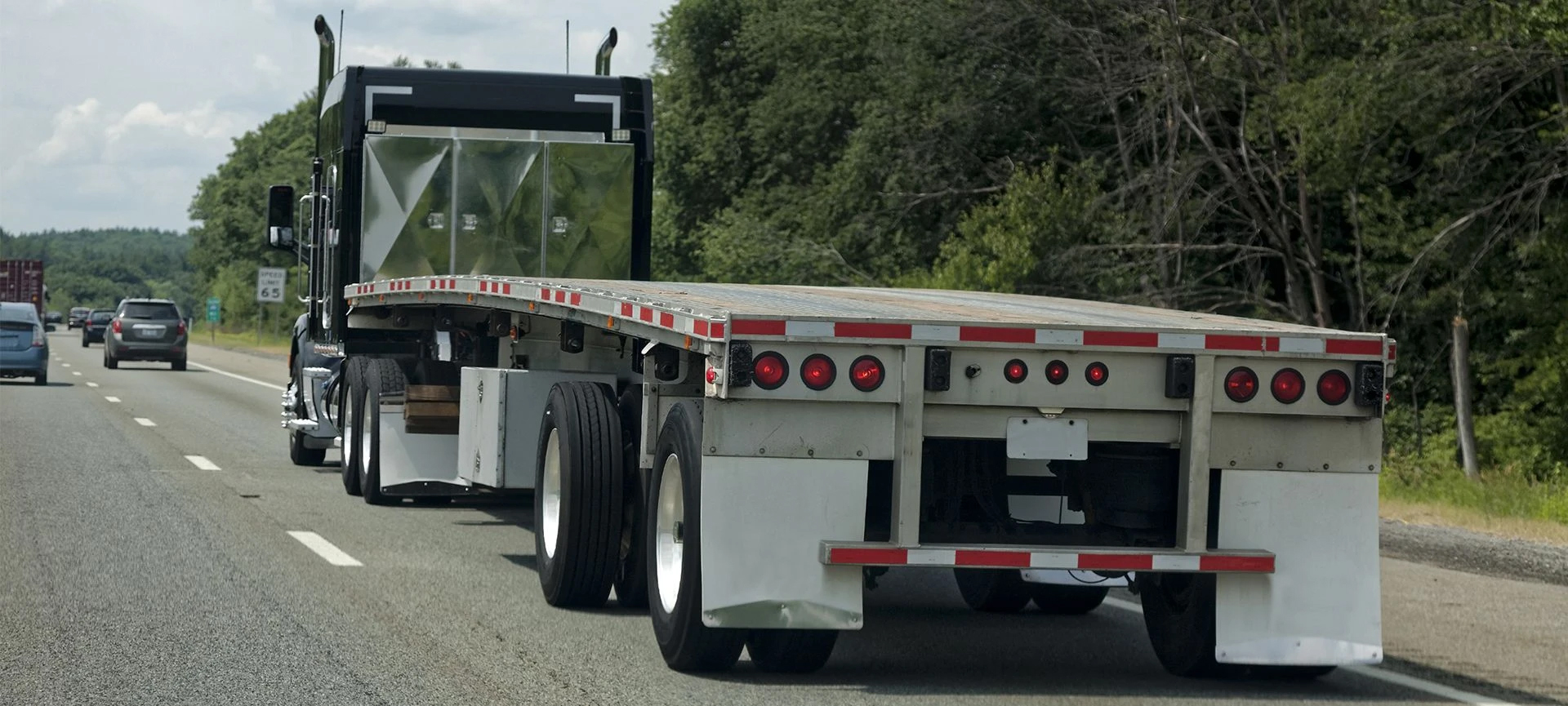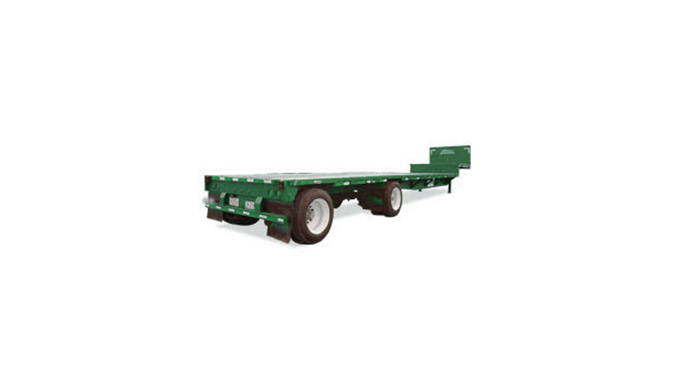When transporting goods, selecting the appropriate equipment is crucial for a successful and efficient shipment. And a flatbed trailer is one of the most versatile options for transporting various cargo types.
Flatbed trailers provide the flexibility to transport goods of different sizes, shapes, and weights. However, choosing the right flatbed trailer requires careful consideration of specific cargo requirements and understanding the various specifications and features available.
In this article, we’ll provide a comprehensive guide on selecting the perfect flatbed trailer to meet your shipping needs.
Assessing Your Flatbed Cargo Requirements
Before diving into the technical aspects of flatbed trailers, it’s essential to assess your cargo requirements thoroughly. Consider the following factors:
- Cargo Type: Determine the nature of the cargo you intend to transport. Are you shipping construction materials, machinery, oversized goods, or containers? Understanding the cargo type will help you determine the necessary specifications for your flatbed trailer.
- Cargo Size: Measure the dimensions of your cargo accurately. Consider both length and width to ensure the cargo fits comfortably on the trailer without overhang or risk of damage during transit.
- Cargo Weight: Determine the weight of your cargo. Ensure you have accurate weight measurements to match the trailer’s weight capacity, ensuring compliance with legal regulations.
- Special Cargo Requirements: Flatbed shipping providers in Toronto recommend identifying any special handling or transportation requirements for your cargo. For example, if your cargo is susceptible to weather conditions, you may need to consider a flatbed trailer with additional protective features.
Understanding Flatbed Trailer Specifications
The dimension and other technical features also influence choosing the right flatbed trailer for your shipping requirements. Here are the key flatbed trailer specifications to consider:
- Dimensions: Flatbed trailers come in different sizes, typically measured in length, width, and height. Standard lengths range from 48 to 53 feet, while widths vary from 96 to 102 inches. Assess your cargo dimensions against the available trailer dimensions to ensure a proper fit.
- Weight Capacity: Each flatbed trailer has a maximum weight capacity it can handle. It’s crucial to select a trailer with a weight capacity exceeding your cargo’s total weight, including any additional equipment or securing devices.
- Load Distribution: Consider the load distribution requirements for your cargo. Some trailers offer options for distributing the weight evenly or focusing the weight on certain parts of the trailer. Assess the load distribution features based on your cargo type to ensure safe and secure transportation.
- Trailer Features: Flatbed trailers have various features designed to enhance cargo security, loading and unloading efficiency, and overall transportation safety. Some common features include side railings, winches, stake pockets, sliding tarp systems, and ramps. Evaluate these features based on your cargo requirements to ensure optimal functionality.
Related Article: A Guide to Choosing the Right Freight Trucking Company for Your Business

Types of Flatbed Trailers
Different types of flatbed trailers are available, each catering to specific cargo requirements. Let’s explore a few popular options:
- Standard Flatbed Trailers: These trailers have a flat and open design, providing flexibility for various cargo types. They are commonly used for transporting construction materials, machinery, and general freight.
- Drop Deck Trailers: Also known as lowboy trailers, drop deck trailers have a lower deck height to accommodate taller cargo while maintaining overall stability. They are suitable for transporting oversized and tall equipment, such as industrial machinery or vehicles.
- Extendable Flatbed Trailers: These trailers offer adjustable lengths, providing versatility for hauling long and oversized cargo. Extendable flatbed trailers are ideal for shipping items that exceed standard dimensions, such as wind turbine blades or pipes.
Renting a Flatbed Trailer: How to Choose a Flatbed Provider in Toronto
When renting a flatbed trailer, it’s essential to partner with a reputable and reliable transportation provider. Consider the following tips:
- Research and Compare Providers: Look for transportation companies with a proven track record and positive customer reviews. Compare their offerings, including trailer availability, maintenance standards, and customer support.
- Clear Communication: Ensure open and clear communication with the transportation provider. Provide detailed information about your cargo requirements, and discuss any specific needs or concerns you may have.
- Insurance Coverage: Verify the insurance coverage provided by the transportation company. It’s crucial to have appropriate insurance coverage for both your cargo and the trailer during transit.
- Maintenance and Safety Standards: Inquire about the maintenance and safety protocols followed by the transportation provider. Regular maintenance ensures the trailers are in good working condition, reducing the risk of breakdowns or accidents during transportation.
Related Article: The Benefits of Outsourcing Your Logistics Needs to a Professional Shipping Company

Conclusion
Choosing the right flatbed trailer for your shipping requirements is a crucial step in ensuring your cargo’s safe and efficient transportation.
By thoroughly assessing your cargo needs, understanding the various trailer specifications and features, and partnering with a reliable transportation provider, you can make an informed decision that aligns with your specific shipping requirements.
Careful consideration and planning will help you select the perfect flatbed trailer, leading to a successful and hassle-free shipment. And where you need extra help, our flatbed specialists at Road Linx can step in and answer any questions you have. Call us at 905-760-1141 to discuss your flatbed shipping requirements.



